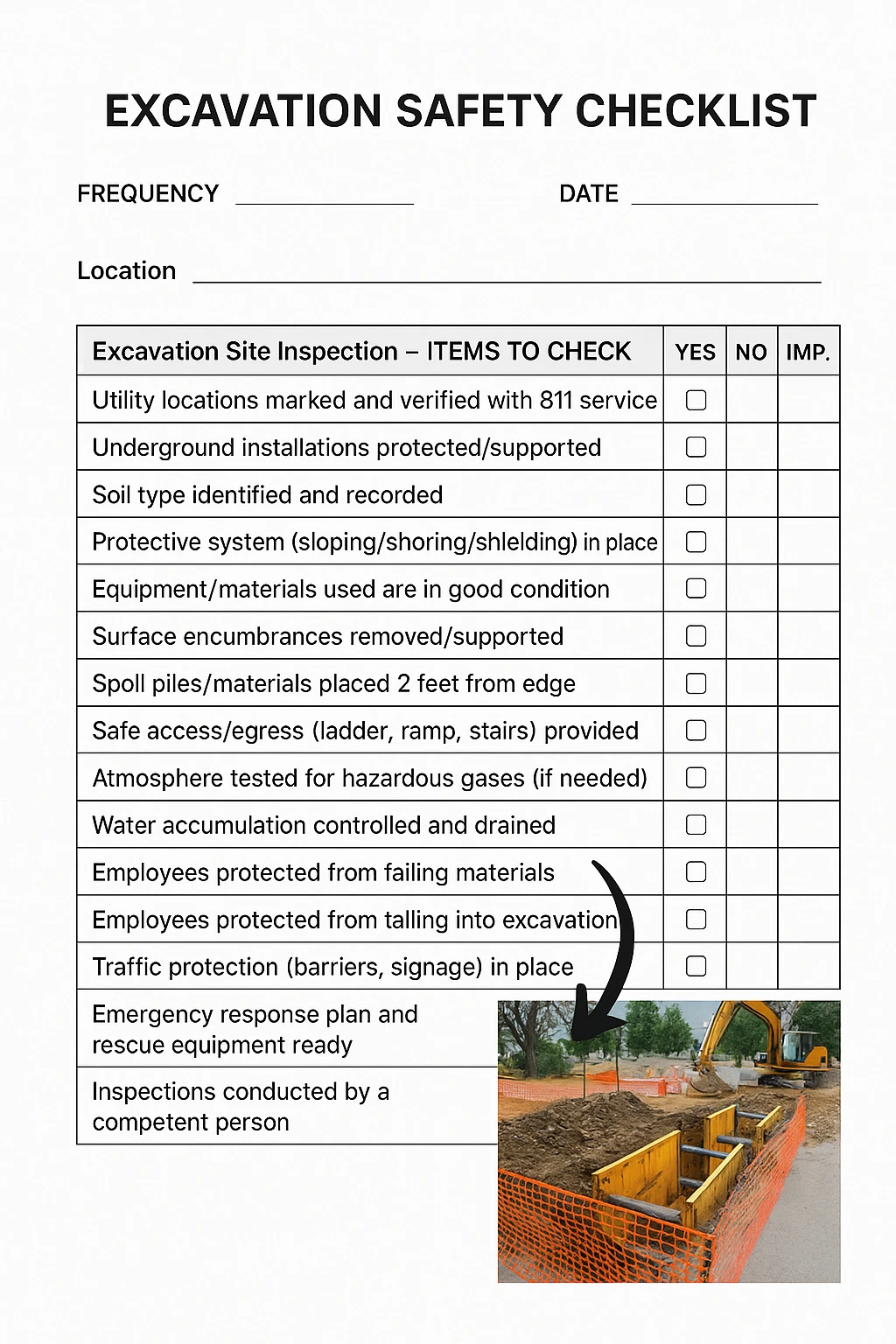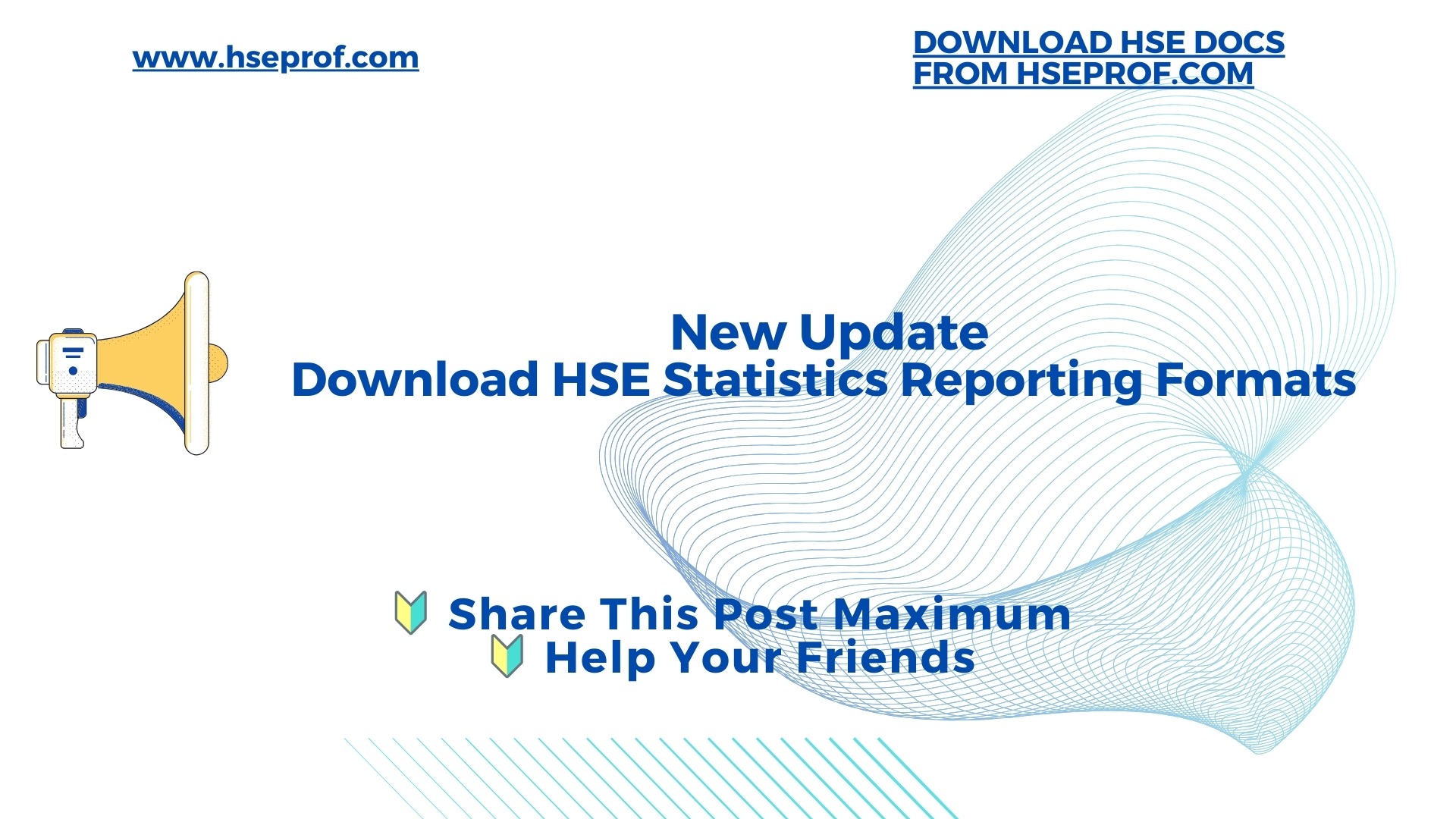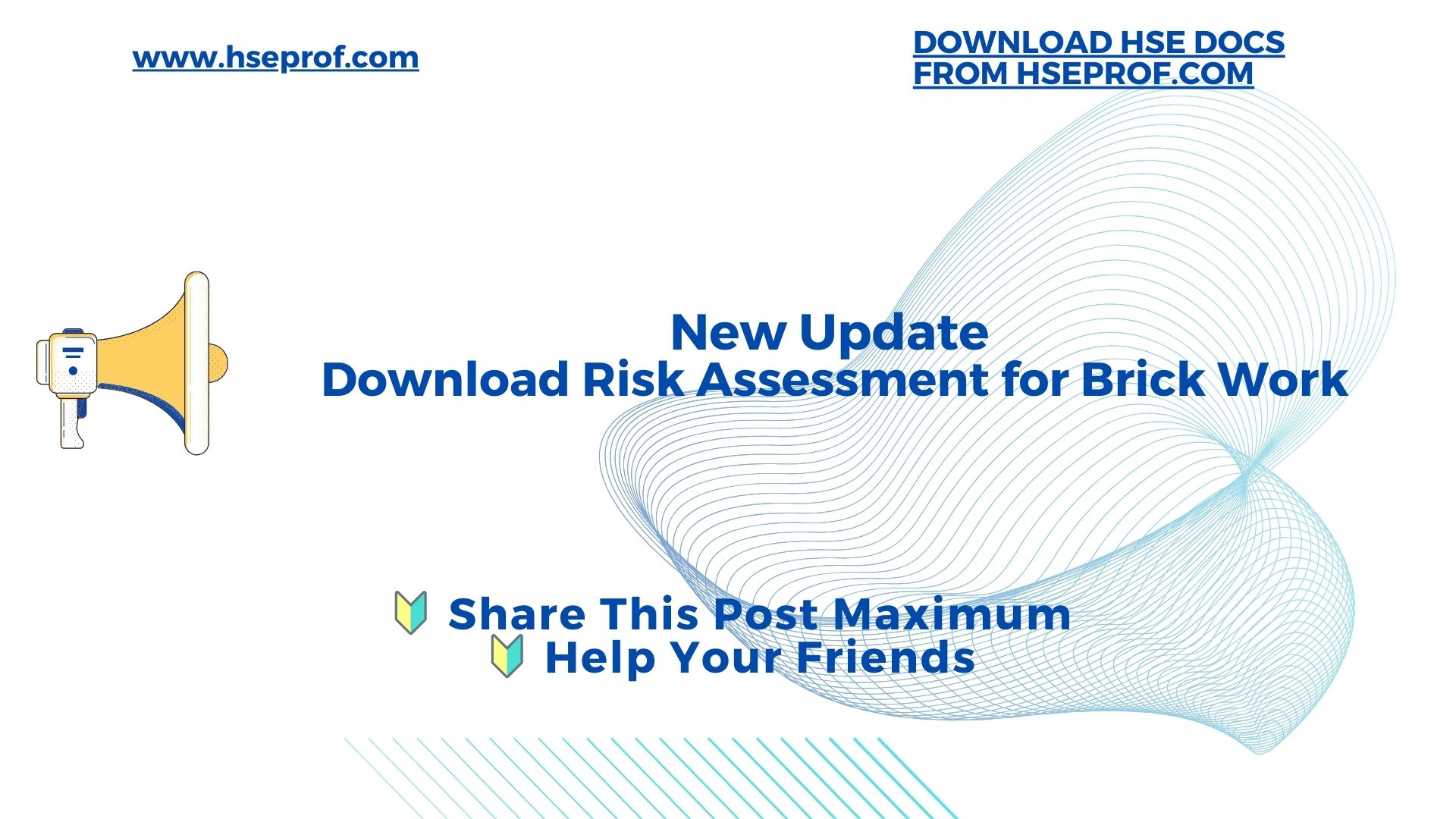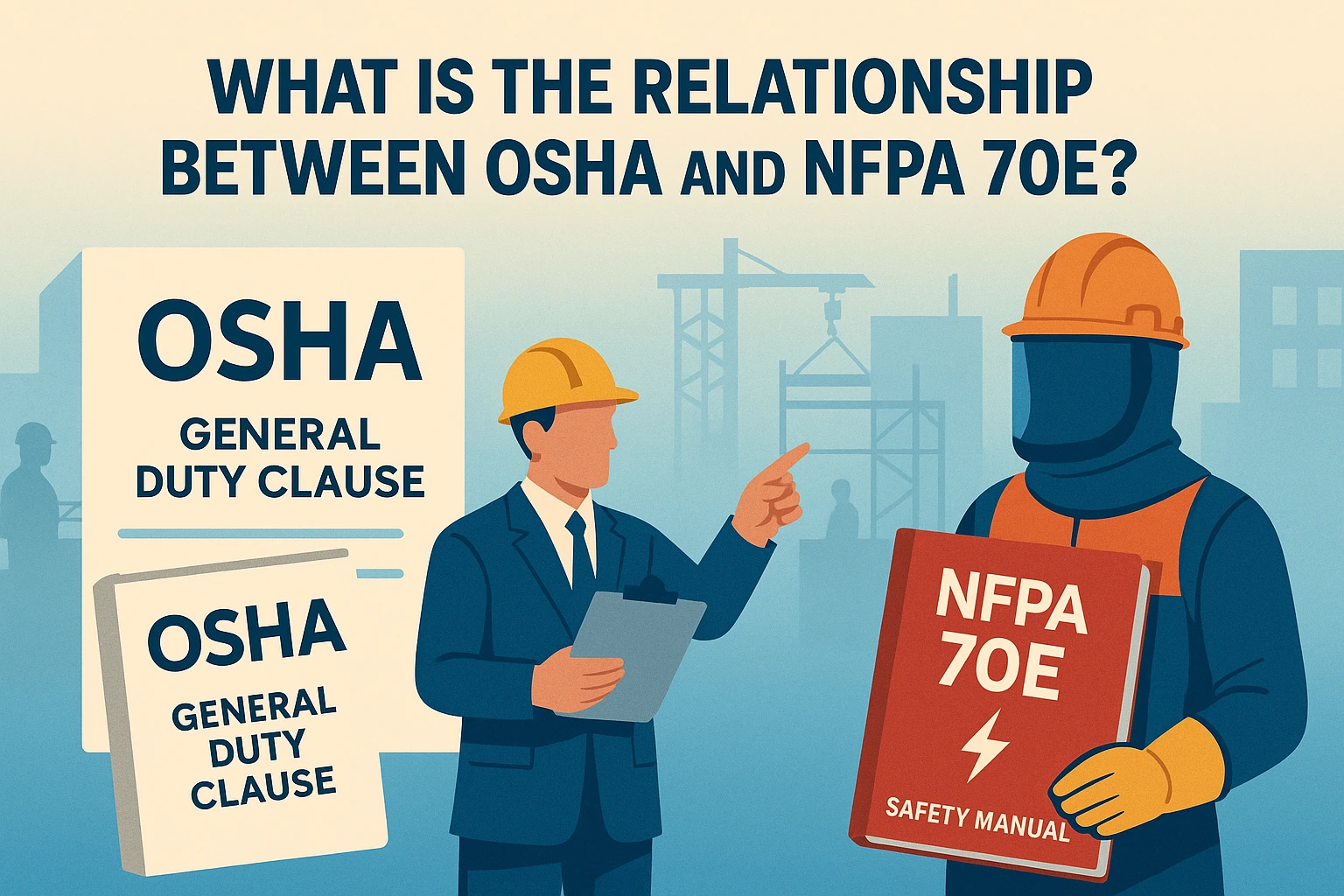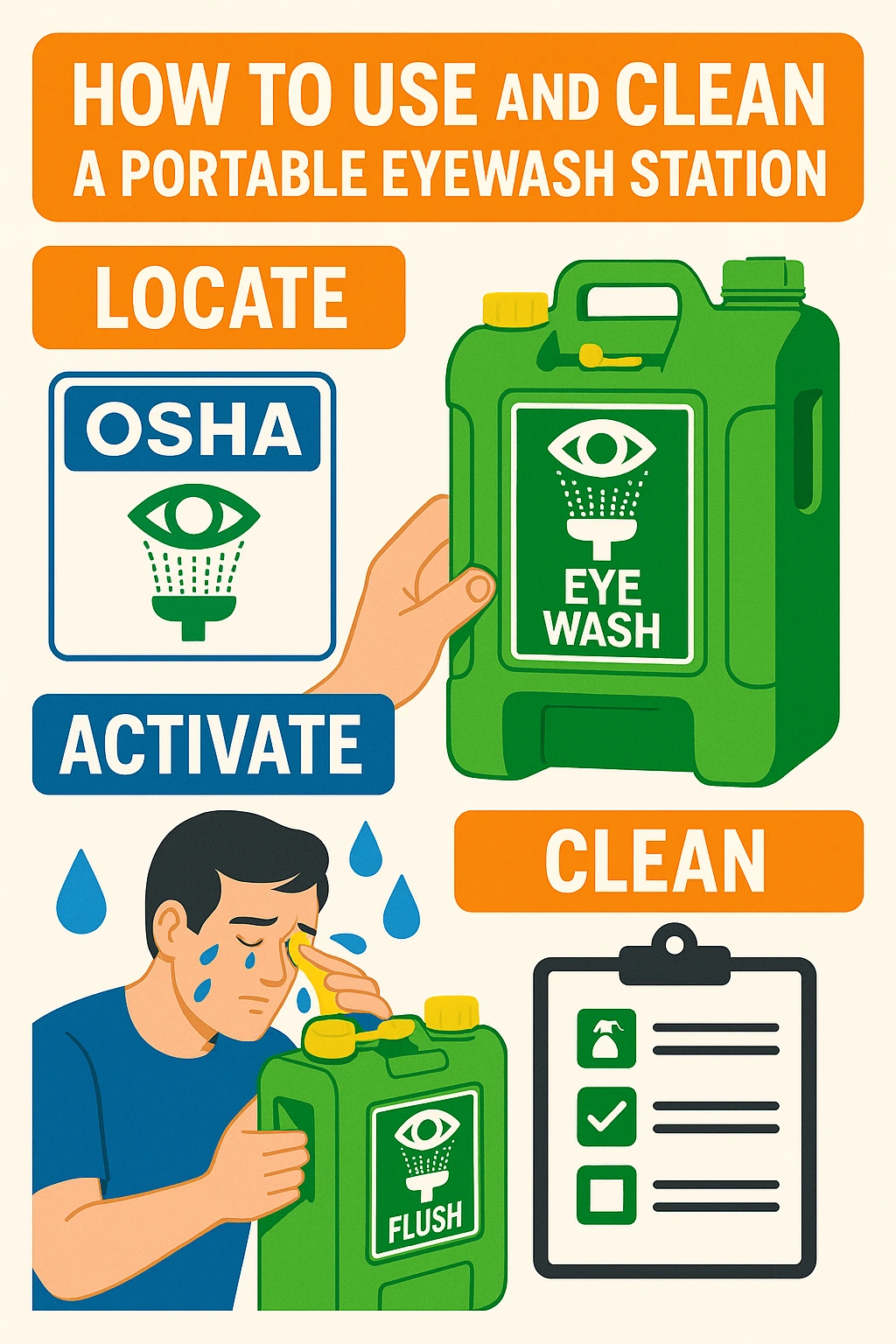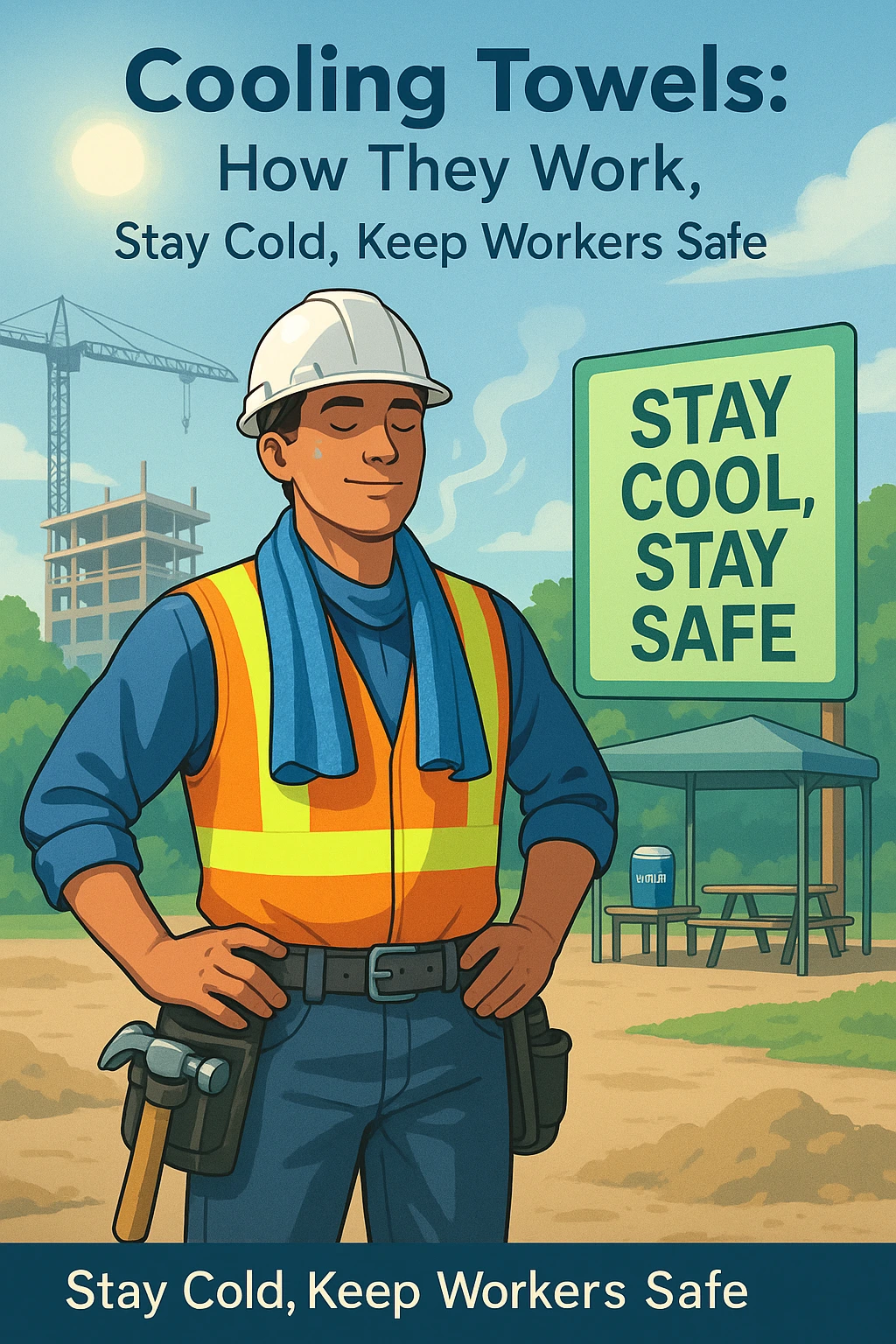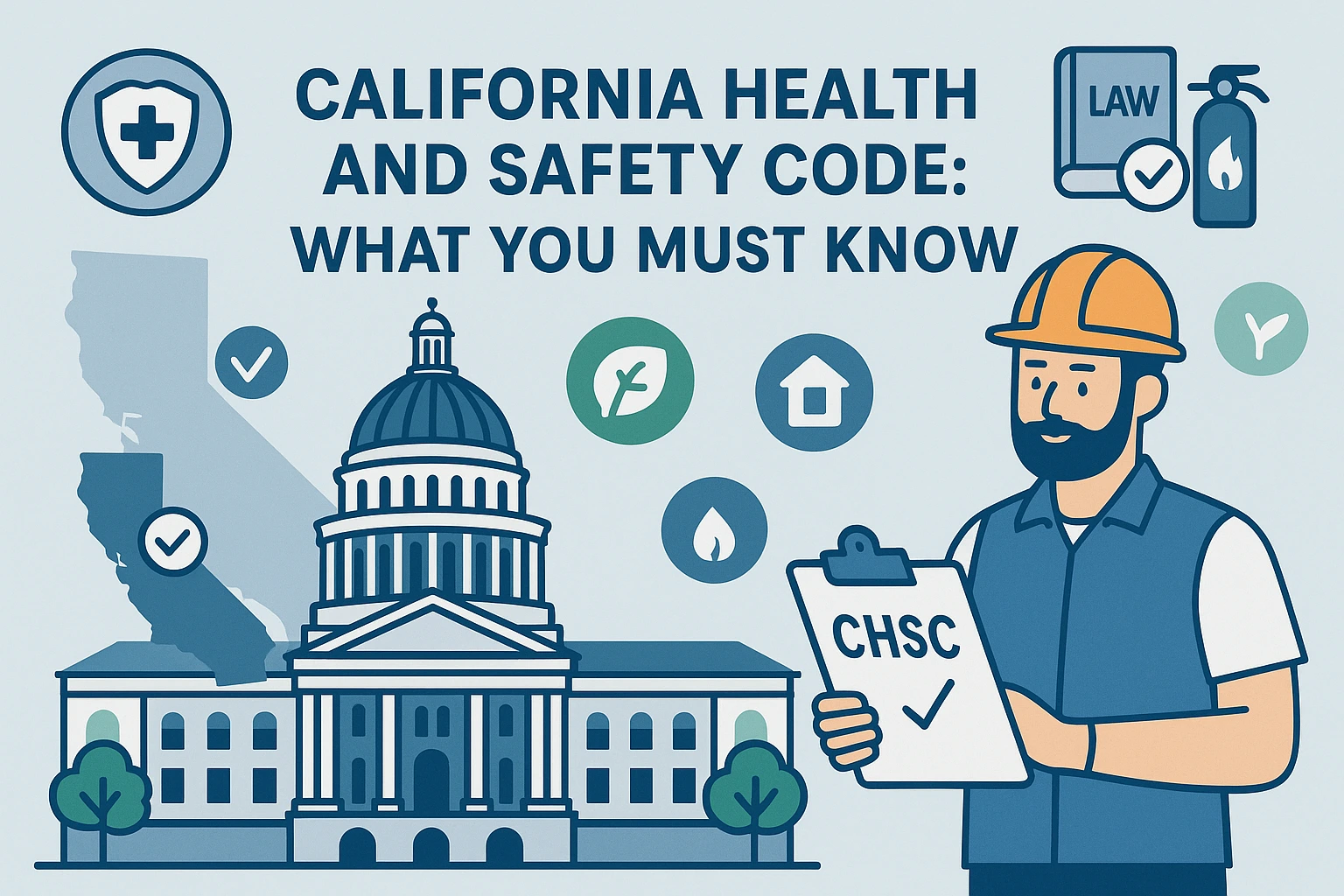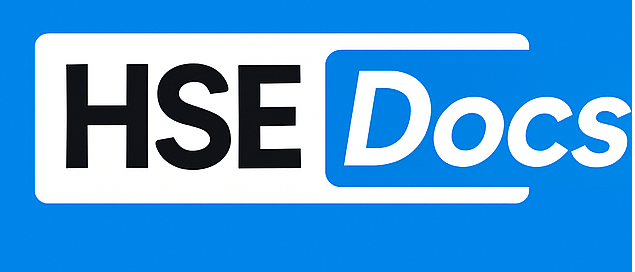What is a Risk Assessment for Lifting & Placement of Equipment?
The Risk Assessment for Lifting & Placement of Equipment is a critical tool used to identify hazards, control risks, and ensure compliance with safety standards when lifting and positioning heavy equipment. It is designed for HSE officers, lifting supervisors, and project managers overseeing operations where cranes, hoists, or other lifting devices are involved. This document helps organizations meet OSHA 1926, ISO 45001, and local regulations, reducing the likelihood of incidents during complex lifting tasks.
Unsafe lifting operations can lead to catastrophic injuries, equipment damage, and costly downtime. Using a standardized risk assessment template provides a structured way to plan each lift, assign responsibilities, and mitigate hazards such as equipment failure, falling loads, and poor communication.
Why is Risk Assessment Essential in Lifting and Placement Activities?
Risk assessments ensure that every lifting operation is analyzed for potential hazards before work begins. By identifying critical risks such as unstable ground, weather conditions, or incorrect rigging, teams can implement controls that prevent accidents.
Key benefits of using the Risk Assessment for Lifting & Placement of Equipment template include:
- Compliance with standards like ISO 45001 and OSHA lifting procedures.
- Improved planning and execution for lifting and placement tasks.
- Enhanced communication between crane operators, riggers, and supervisors.
- Reduced downtime due to equipment failures or unsafe operations.
Real-life case studies show that inadequate risk assessments lead to costly incidents. For example, a recent lifting operation in a refinery failed when a 5-ton vessel slipped from its rigging due to overlooked ground instability. This accident resulted in a week-long shutdown and a significant financial loss. Such outcomes can be avoided by using a robust risk assessment procedure.
How Can You Use This Template Effectively on Your Job Site?
The downloadable template is designed to be easy to adapt for construction, oil & gas, and manufacturing industries. Follow these steps to get the most value:
- Identify all lifting equipment: cranes, hoists, forklifts, and slings must be inspected using tools like the Fall Protection Inspection Checklist.
- Assess site conditions: evaluate ground stability, obstructions, weather, and proximity to overhead power lines.
- Plan lifting sequences: define load paths, lifting points, and communication protocols.
- Implement controls: establish exclusion zones, ensure operator competence, and prepare emergency response plans using the First Aid & Emergency Response Procedure.
Organizations can integrate this risk assessment into their HSE dashboards and audit programs to track lifting operations and corrective actions. Additional resources such as the Permit-to-Work Procedure and JSA templates provide further layers of control.
Related guides and tools to improve lifting safety:
- Class C Fires: How to Prevent and Extinguish
- Corrective Action Closure Calculator
- Incident Reporting & Investigation Procedure
- Scaffolding Safety Resources
Outbound resources from HSEProf.com offer additional templates and case studies, such as the Risk Assessment for Painting & Coating and Crane Inspection Quiz.
📥 Ready to get started? Download the Risk Assessment for Lifting & Placement of Equipment template here and make your lifting operations safer and more compliant today.
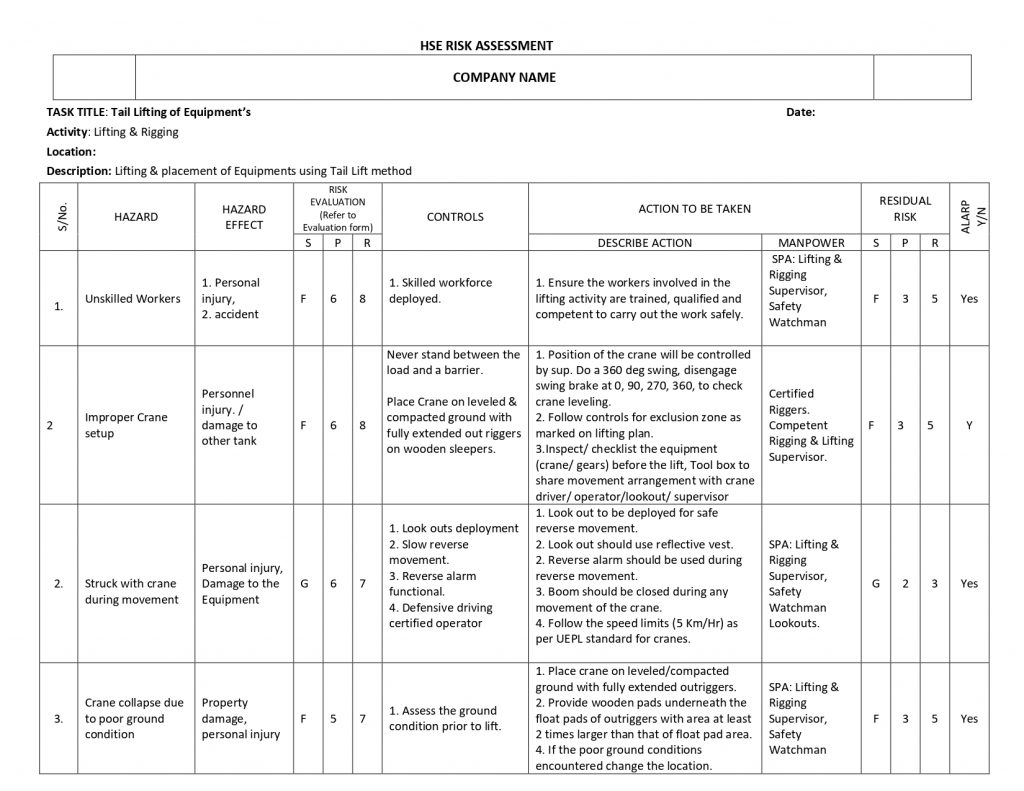
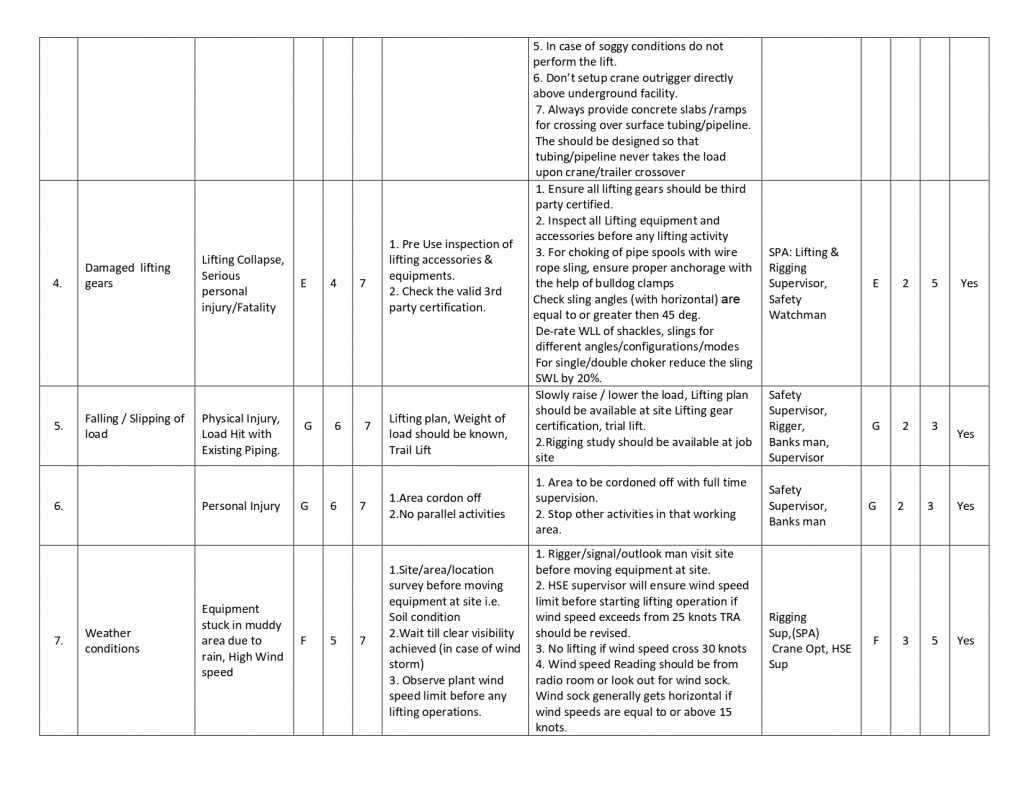
🔰 Share This Post Maximum

Privacy Policy for HSE Docs

Disclaimer
Contact Us
Managed by the LinkedIn HSE Professionals Page, this platform supports safety officers, auditors, and managers worldwide. With a network of 340,000+ professionals, we deliver expertly crafted HSE templates, checklists, and tools to help organizations meet OSHA, ISO, and GCC safety standards.



